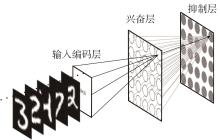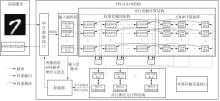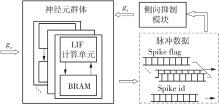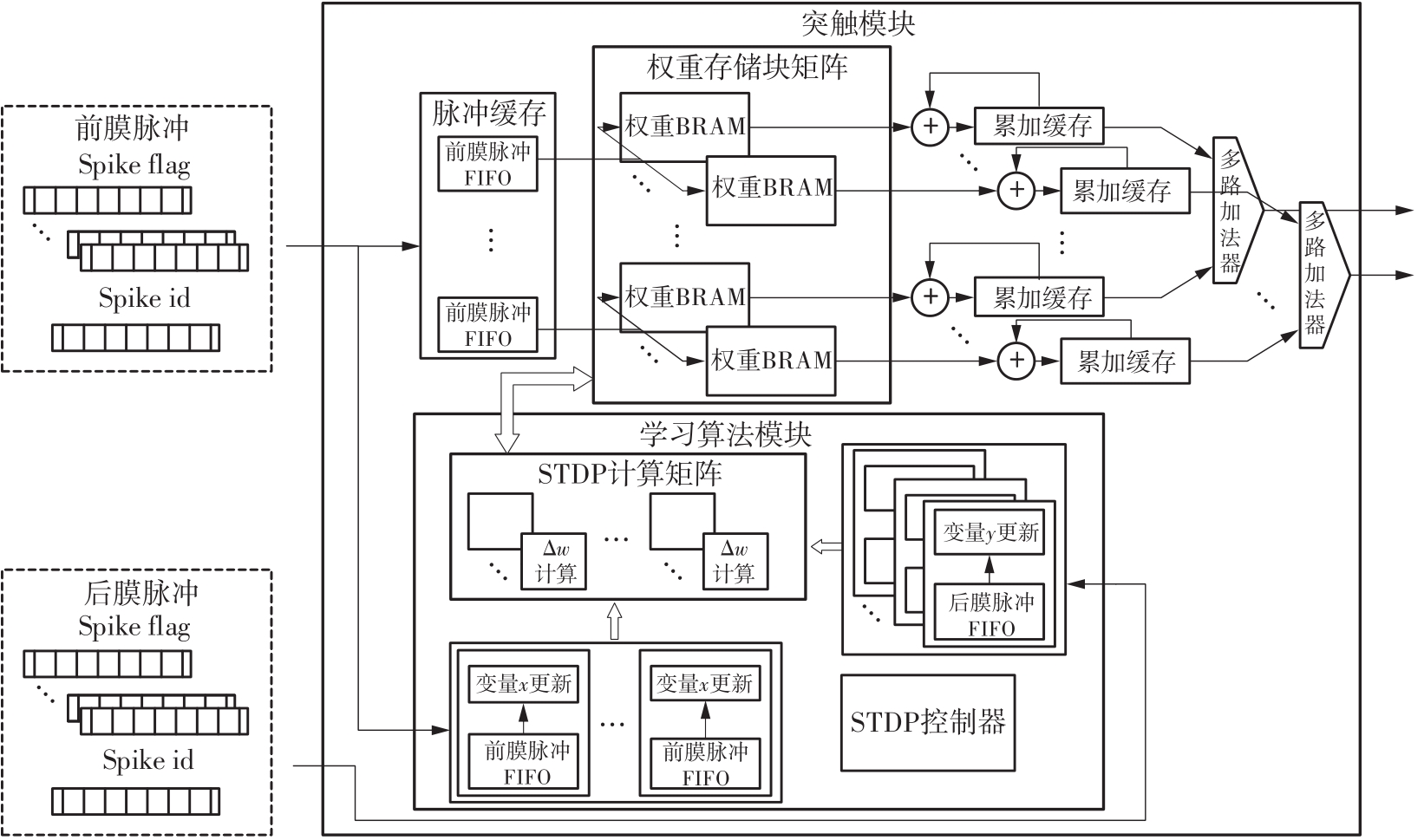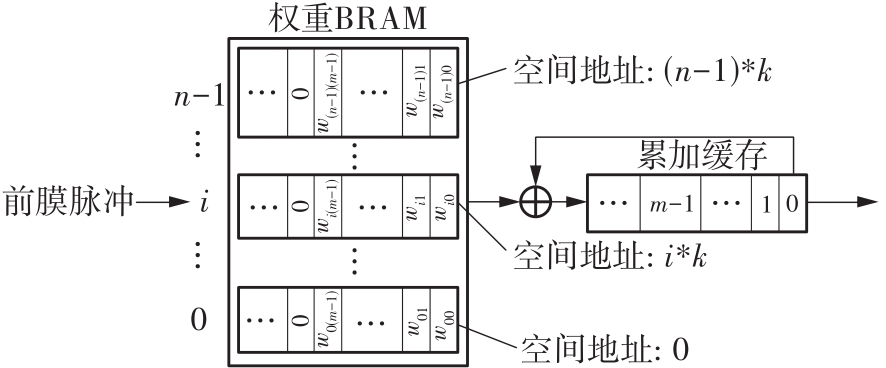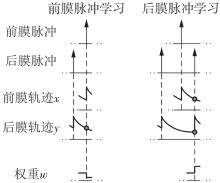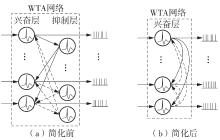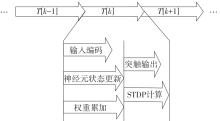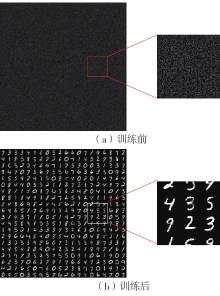| [1] |
.
Dynamic Neighborhood Sampling for Social Recommendation
[J]. Journal of South China University of Technology(Natural Science Edition), 2024, 52(2): 32-41.
|
| [2] |
FANG Gang, YUAN Longhua, WANG Xiaoming, et al.
Soft-Sensor Modeling Method Based on Ensemble Kalman Filter-Elman Neural Network
[J]. Journal of South China University of Technology(Natural Science Edition), 2023, 51(8): 126-136.
|
| [3] |
MA Xiaoliang, AN Lingling, DENG Congjian, et al.
Translation Optimization Technology of Automatic Speech Recognition Based on Industry-Specific Vocabulary
[J]. Journal of South China University of Technology(Natural Science Edition), 2023, 51(8): 118-125.
|
| [4] |
ZHU Zhengyu, LUO Chao, HE Qianhua, et al.
Multi-View Lip Motion and Voice Consistency Judgment Based on Lip Reconstruction and Three-Dimensional Coupled CNN
[J]. Journal of South China University of Technology(Natural Science Edition), 2023, 51(5): 70-77.
|
| [5] |
YE Feng, CHEN Biao, LAI Yizong.
Contrastive Knowledge Distillation Method Based on Feature Space Embedding
[J]. Journal of South China University of Technology(Natural Science Edition), 2023, 51(5): 13-23.
|
| [6] |
LENG Sheng, FU Youwei, MA Wantai, et al.
Study on the Morphology Control Technology of Spray Forming Ingot Billets Based on GA-BP Neural Network
[J]. Journal of South China University of Technology(Natural Science Edition), 2023, 51(2): 27-34.
|
| [7] |
ZHAI Jingmei, LU Dongwei.
Research on Optimized Teaching Strategy and BPNN-DMPs Trajectory Learning Model of Massage Robot
[J]. Journal of South China University of Technology(Natural Science Edition), 2023, 51(12): 1-8.
|
| [8] |
ZHAO Rongchao, WU Baili, CHEN Zhuyun, WEN Kairu, ZHANG Shaohui, LI Weihua.
Graph Neural Network for Fault Diagnosis with Multi-Scale Time-Spatial Information Fusion Mechanism
[J]. Journal of South China University of Technology(Natural Science Edition), 2023, 51(12): 42-52.
|
| [9] |
LUO Yutao, GAO Qiang.
Traffic Sign Detection Based on Channel Attention and Feature Enhancement
[J]. Journal of South China University of Technology(Natural Science Edition), 2023, 51(12): 64-72.
|
| [10] |
YANG Xufeng, LIU Zeqing, ZHANG Yi.
Estimation of P-S-N Curve of Metal Materials Based on Bayesian Neural Network
[J]. Journal of South China University of Technology(Natural Science Edition), 2023, 51(11): 82-92.
|
| [11] |
XU Lunhui, YU Jiaxin, PEI Mingyang, et al.
Repositioning Strategy for Ride-Hailing Vehicles Based on Geometric Road Network Structure and Reinforcement Learning
[J]. Journal of South China University of Technology(Natural Science Edition), 2023, 51(10): 99-109.
|
| [12] |
LAN Fengchong, ZHANG Yue, CHEN Jiqing, et al.
Correlation Analysis and Prediction of Pedestrian Casualty Risk in Car-Pedestrian Collision Accident
[J]. Journal of South China University of Technology(Natural Science Edition), 2022, 50(5): 1-10.
|
| [13] |
YANG Chunling YANG Yajing.
A Deep Neural Network Based on Layer-by-Layer Fusion of Multi-Scale Features for No-Reference Image Quality Assessment
[J]. Journal of South China University of Technology(Natural Science Edition), 2022, 50(4): 81-89,141.
|
| [14] |
WANG Weifa, ZHANG Daming, DAI Yi, et al.
Research on Survivability Technology for Software Defined Network Based on Q-Learning Algorithm
[J]. Journal of South China University of Technology(Natural Science Edition), 2022, 50(4): 65-72.
|
| [15] |
FU Xinsha, ZENG Yanjie, MA Li, et al.
Weather Recognition of Highway Surveillance Scenes Based on Light-Weight Deep Neural Network
[J]. Journal of South China University of Technology(Natural Science Edition), 2022, 50(3): 1-8.
|
